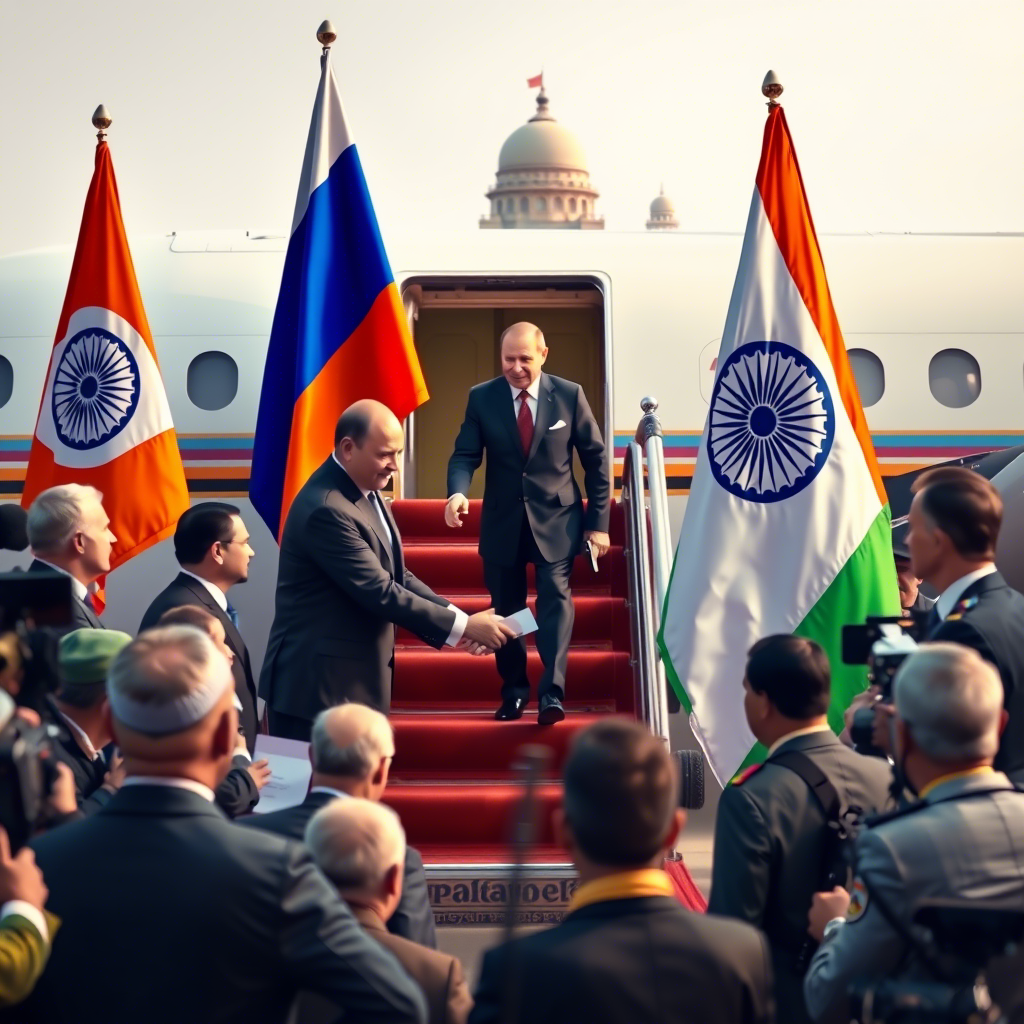Putin to Visit India in 2025: What It Really Means for Indo-Russian Relations

Let me take you back to a conversation I had with my grandfather last winter. We were sipping chai on the balcony when he casually said, “India-Russia dosti toh zamane se chalti aa rahi hai. Par ab duniya badal gayi hai.” (“India-Russia friendship has been around forever, but the world has changed now.”)
At the time, I nodded. But honestly? I didn’t think much of it.
Fast forward to May 5, 2025, and suddenly that old-school wisdom hits differently. Because Russian President Vladimir Putin just accepted PM Narendra Modi’s invitation to visit India for the 23rd India–Russia Annual Summit later this year—and that’s big news.
Let’s unpack why.
Putin’s Visit: More Than Just a Diplomatic Nicety
On the surface, it’s just another high-level visit, right? Two world leaders shaking hands, exchanging gifts, taking photos.
But here’s the thing—Putin’s visit isn’t just symbolic. It’s strategic.
In an era where global alliances are shifting faster than Instagram reels, reaffirming a time-tested partnership like this matters. A lot.
Both countries are navigating complex geopolitical terrains:
• India is walking the tightrope between the West and its own regional interests.
• Russia, under heavy Western sanctions, is deepening ties with non-Western powers.
So when Putin picks up the phone, condemns a terror attack in Kashmir, and agrees to fly down to India later this year? That’s not just a courtesy call—it’s a clear signal.
Why Now? Timing Is Everything
You’ve got to wonder—why now? What makes 2025 different?
Well, two words: global recalibration.
We’re seeing a multipolar world take shape, and India is right in the center of it. Western pressure on India to distance itself from Russia has been constant since the Ukraine crisis began. But India’s kept its stance: independent, pragmatic, and unapologetically self-first.
And Putin knows that. More importantly, he respects that.
By accepting the invitation, he’s not just nodding at New Delhi—he’s acknowledging India’s rising clout on the world stage.
What’s On the Table?
Though the official itinerary isn’t out yet, we can expect talks on:
• Defense collaboration (S-400, joint military drills, etc.)
• Energy security—especially oil, gas, and nuclear tech
• Trade expansion under the India-EAEU Free Trade Agreement
• Geopolitical alignment on issues like BRICS, the Global South, and terrorism
And let’s not forget: Putin also condemned the April 22 Pahalgam terror attack during his call with Modi, calling for justice and solidarity. That’s a strong, emotion-led gesture—especially when most Western powers offered only “concerns.”
A Friendship Forged in History, Tested in Reality
We’ve all heard the phrase “tried and tested friendship.” India and Russia are the living, breathing version of that.
From Sputnik to BrahMos, from Cold War support to UN vetoes—Russia has stood by India when few others did. But (and it’s a big but), times are changing. Trade with the US is booming. Europe is opening up. And Russia is warming to China.
That’s why this visit could be a reset—or a reaffirmation.
Quick Snapshot: Why This Visit Matters
• Reasserts India’s strategic autonomy
• Counters Western narratives of India’s “alignment drift”
• Strengthens defense and energy ties
• Sends a message to China and the West alike
Quick Takes on Key Questions
Q1. When will Putin visit India?
Exact dates aren’t confirmed, but the visit is scheduled for later in 2025 as part of the annual bilateral summit.
Q2. Why is this visit important now?
It reinforces India’s independent foreign policy at a time when global power centers are shifting.
Q3. Will defense deals be discussed?
Almost certainly. India relies on Russian military hardware and ongoing deals like the S-400 are key talking points.
Q4. Did Putin comment on terrorism in India?
Yes, he strongly condemned the Pahalgam terror attack and expressed solidarity with India.
A Power Move Wrapped in Diplomacy
Honestly, this visit is like chess. Not flashy, not loud—but deeply strategic. Putin coming to India isn’t just about old friendships; it’s about future alignments.
India’s playing the long game—and it’s playing it well.


